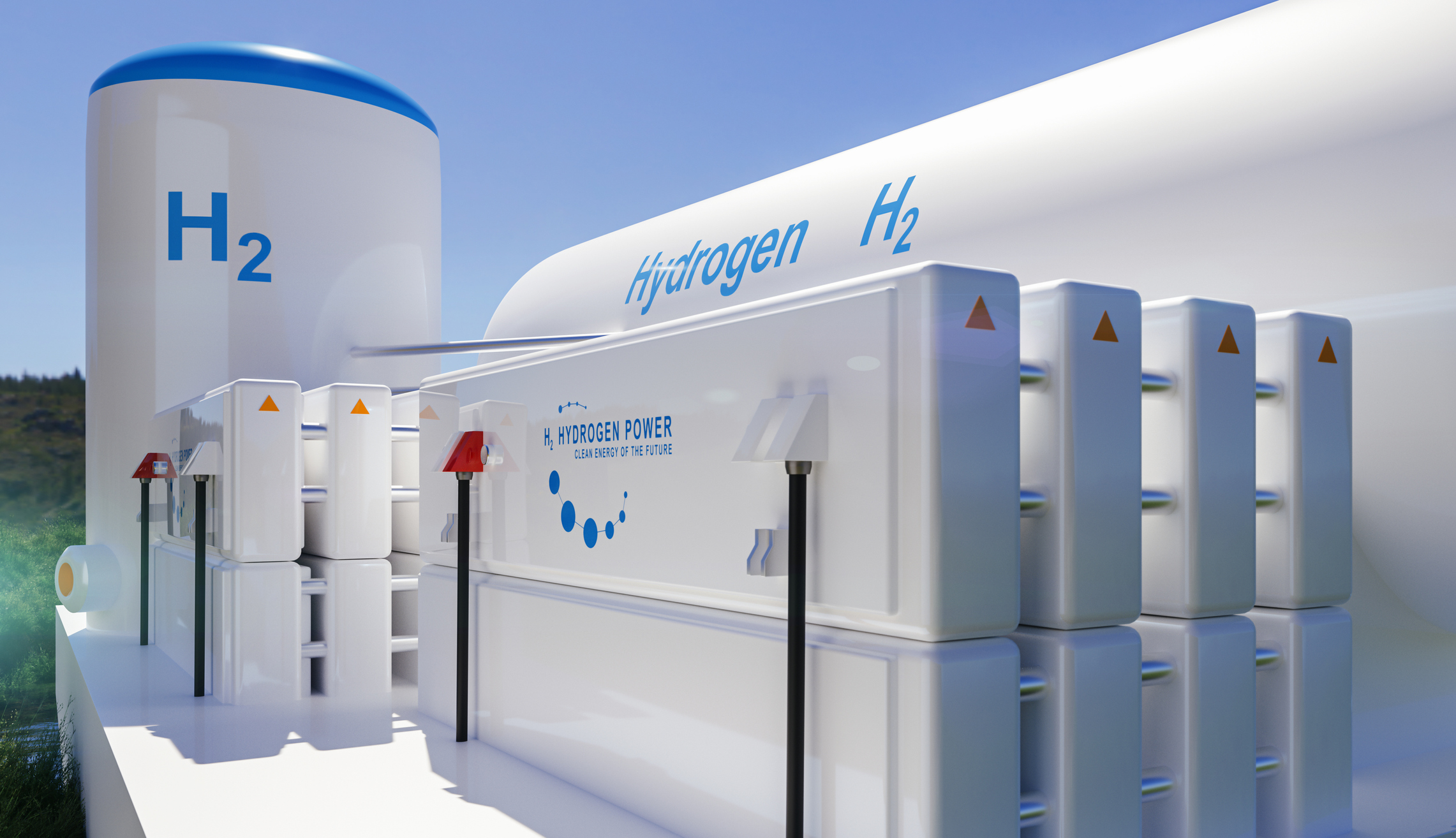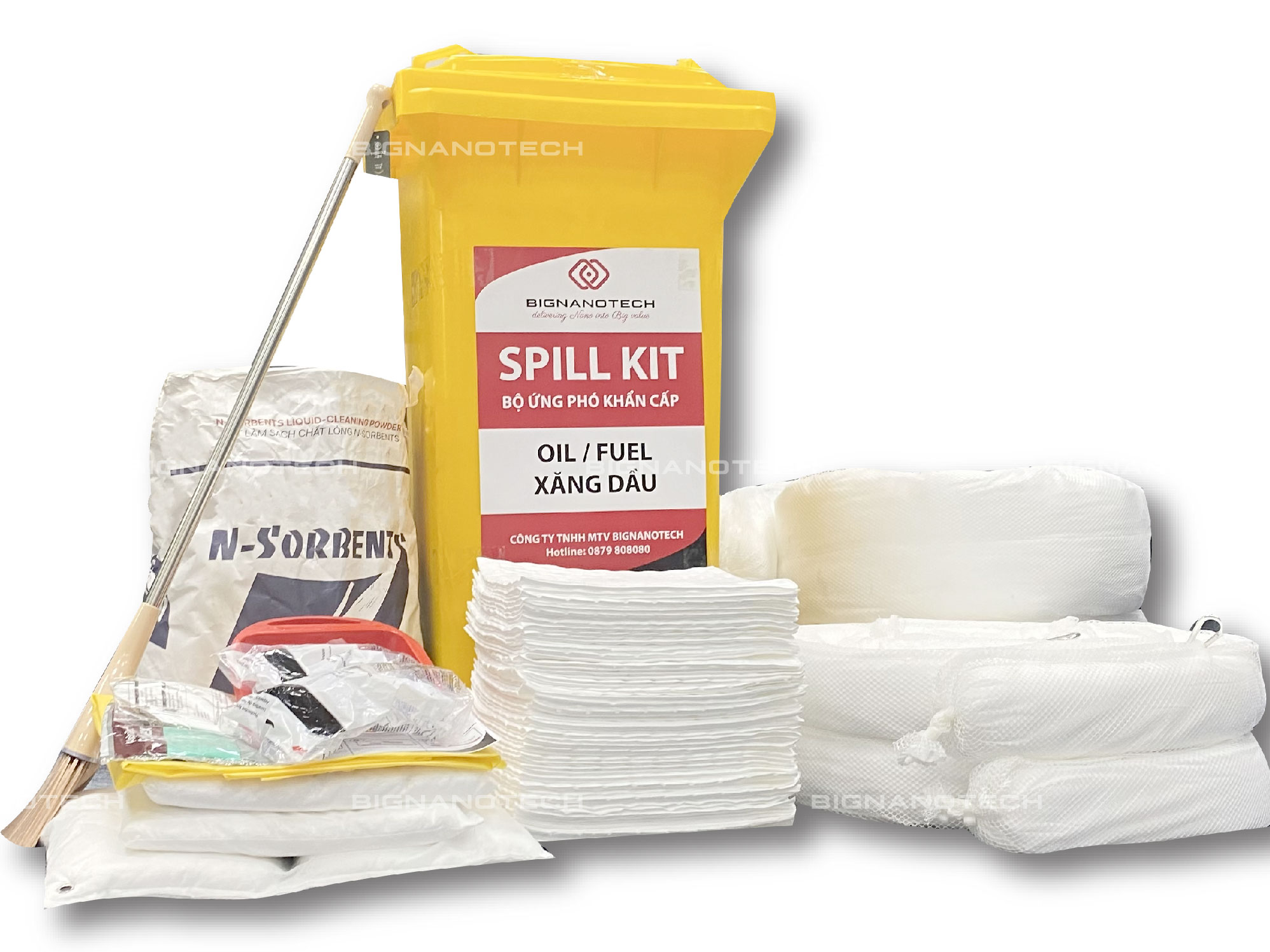
The “race” to produce green hydrogen in the Asia-Pacific region is heating up as many leading Western energy companies partner with regional counterparts to launch a series of renewable energy projects.
According to Nikkei Asia, Danish corporation Orsted—the world’s largest offshore wind company—and several major Western oil companies are planning to invest in this sector in Asia.
Green hydrogen is produced by using renewable energy from sources like sunlight and wind to split water into hydrogen and oxygen. The hydrogen fuel is then used in heavy industries such as steel production, concrete manufacturing, and transportation.
The global demand for green hydrogen is rising sharply, especially in Europe, where there is a strong push to develop renewable energy to reduce dependence on Russian energy supplies.

However, this investment trend is expected to explode in Asia in the near future. “Initially, we focused on Europe. But we will certainly expand into the Asia region in the near future,” Per Kristensen, President of Orsted Asia-Pacific, told Nikkei Asia.
Last year, Orsted partnered with South Korean steel company POSCO in a wind power project. They plan to produce green hydrogen to support the “hydrogen steel” initiative—using hydrogen instead of coal in steel production. Having completed several green hydrogen projects in the North Sea, Orsted will accelerate investments in renewable energy projects in Asia in the near future.
Meanwhile, major Western oil companies are also flocking to green hydrogen projects in Asia. With over 40% stake, British oil giant BP has become the largest shareholder in the Asian Renewable Energy Hub—a massive green hydrogen project in Australia. With plans to produce up to 1.6 million tons of green hydrogen annually, the British multinational aims to capture 10% of the global renewable fuel market.
American multinational Chevron is collaborating with Indonesia’s state oil company Pertamina and Singapore’s national energy company Keppel to produce green hydrogen from geothermal energy in Southeast Asia. These companies plan to produce 80,000 to 160,000 tons of green hydrogen annually.
China, the world’s largest hydrogen consumer, aims to lead in green hydrogen production. Several large-scale projects have already been launched, including a 20,000-ton-per-year plant funded by Sinopec, the national oil company.
In India, the government plans to expand green hydrogen production to reduce reliance on imported energy and phase out fossil fuels from its economy. This effort is part of a broader goal to achieve net-zero emissions by 2070. The New Delhi government aims to produce 25 million tons of green hydrogen annually by 2047. Meanwhile, national oil companies NTPC, Indian Oil Corp, and several Indian billionaires like Gautam Adani and Mukesh Ambani—who are giants in the coal and oil sectors—have also announced investments in renewable energy, including green hydrogen.
According to a report by the Hydrogen Council, which includes over 150 multinational companies and the U.S. consulting firm McKinsey & Company, the total demand for green hydrogen in China, India, Japan, and South Korea will reach approximately 285 million tons by 2050, accounting for about 43% of the world’s total green hydrogen production.
Source: https://kinhtedothi.vn/




